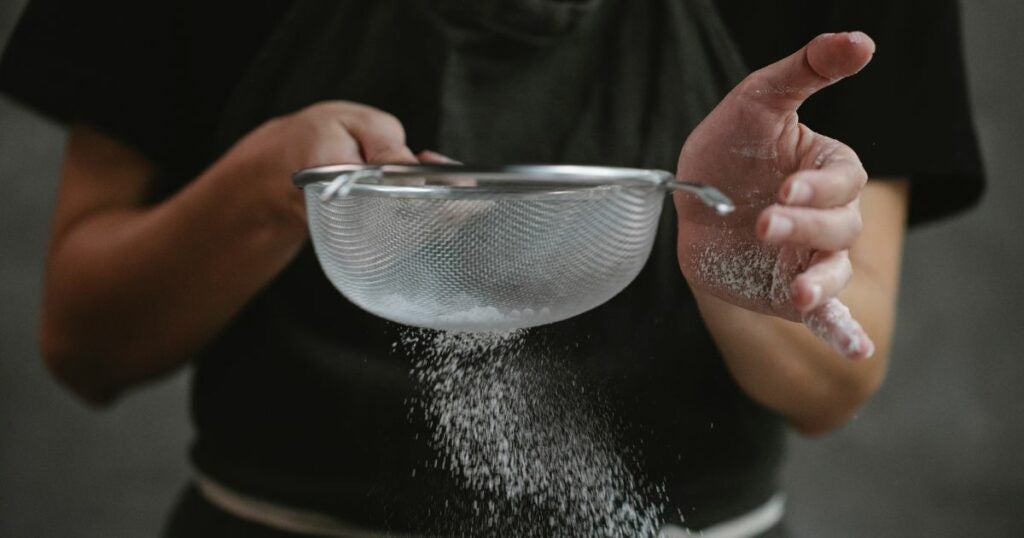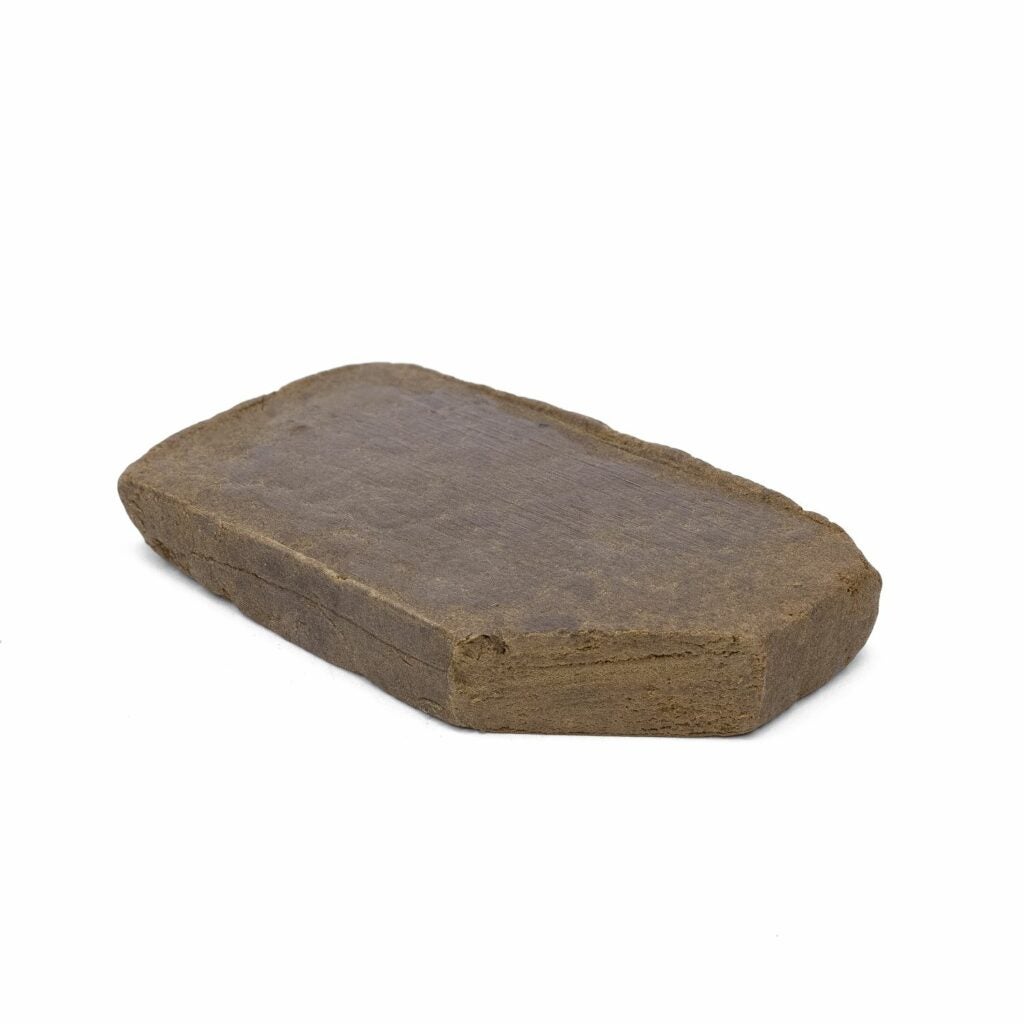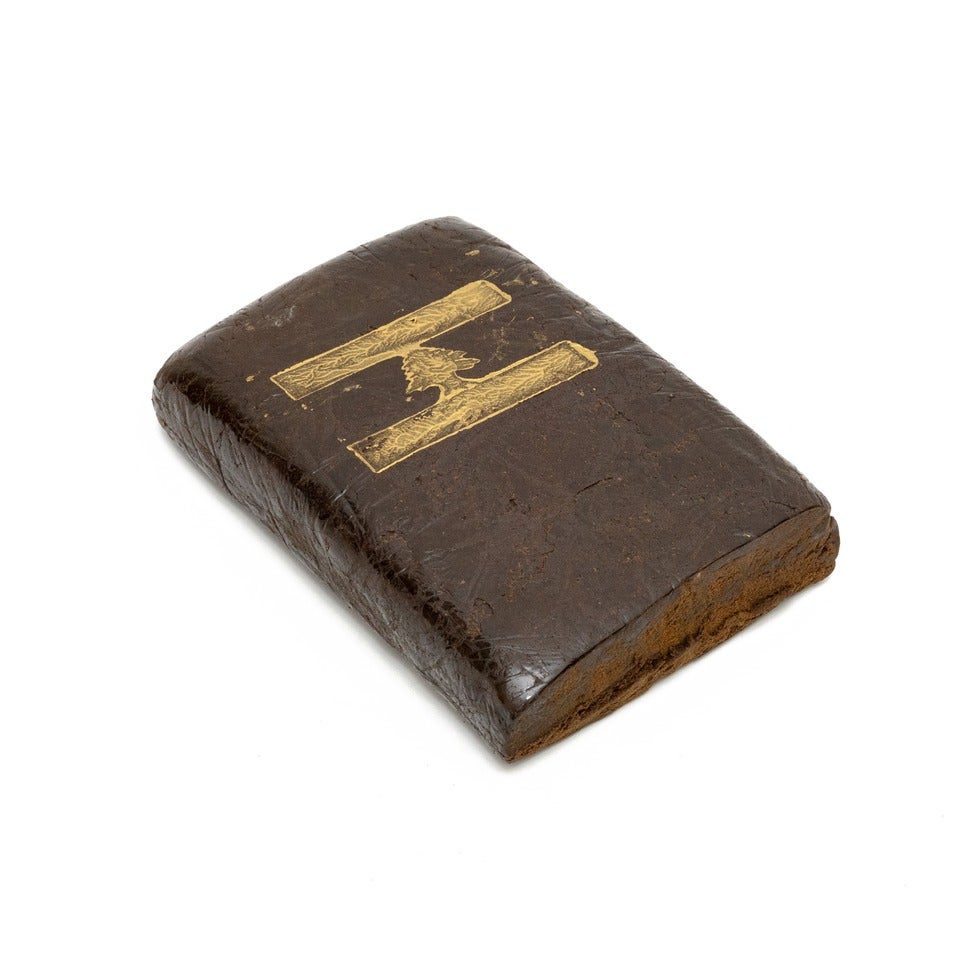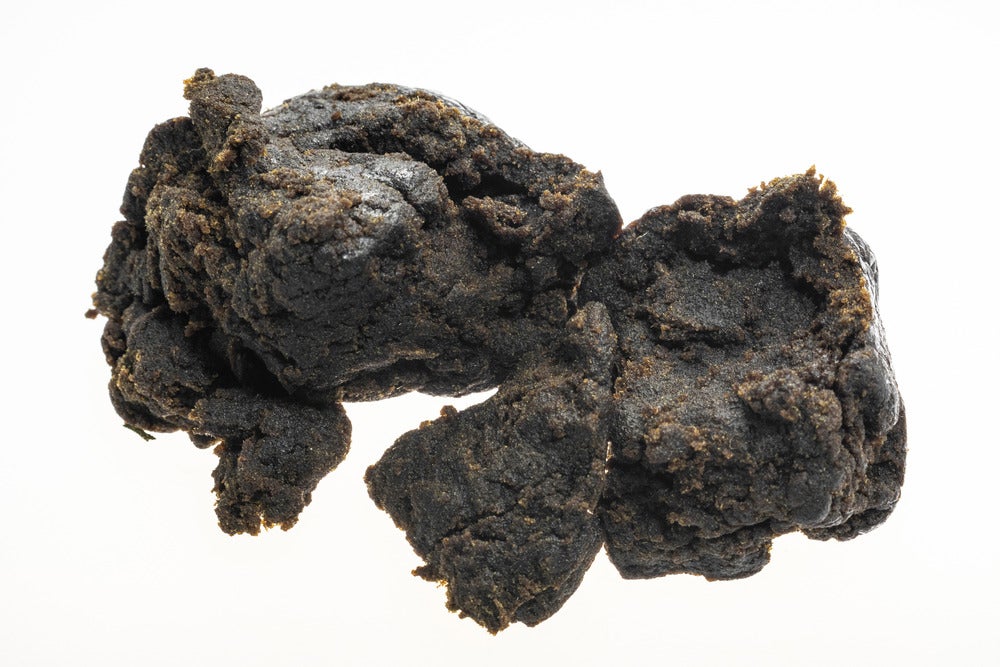- No Products In The Cart
- start shopping
Types of Hashish An In-Depth Look

Types of Hashish An In-Depth Look
What is Hashish?
Hashish, commonly known as hash, is a concentrated form of cannabis created by separating the resinous trichomes from the plant material. These trichomes house active compounds, such as THC and CBD, which provide cannabis with its psychoactive and medicinal properties.
The History of Hashish
Hashish has been used for thousands of years, with its roots in ancient Middle Eastern and Central Asian cultures for religious, medicinal, and recreational purposes. Since then, hashish has spread worldwide and continues to be a popular choice among cannabis users.
4 Types of Hashish-Making Processes
Several methods exist for making hashish, each with its unique characteristics and qualities. Some of the most common methods include:
1. Hand-rubbed hash
This traditional technique involves rubbing live cannabis plants between hands, causing the resinous trichomes to stick to the skin. The collected resin is then scraped off, pressed, and rolled into small amounts of sticky, aromatic hash.
2. Sieved hash
Sieved hash, also referred to as dry-sift hash, is made by passing dried cannabis flowers through progressively finer screens to separate the trichomes from the plant material. The trichomes are collected as a fine powder and compressed into blocks or slabs, making larger amounts of hash.

3. Ice water extraction
This method utilizes ice-cold water to freeze the trichomes on cannabis flowers, making them brittle and easy to separate. The mixture is agitated, allowing the trichomes to break off and sink to the bottom of the container. The water is then filtered, leaving behind a wet paste that can be dried and pressed into hash.
4. Dry-sift hash
Similar to sieved hash, dry-sift hash is made by passing dried cannabis flowers through a series of screens. However, the process is more refined and often involves specialized equipment like vibrating tables and static-charged brushes, resulting in a higher-quality, more potent product.
Popular Types of Hashish
There is a vast array of hashish types available, each boasting unique properties and geographical origins. Some of the most sought-after varieties include:
1. Moroccan Hash
Characteristics
Moroccan hash is well-known for its light brown hue, smooth texture, and distinct spicy aroma. Typically produced using the sieved method, this high-quality product is a favourite among cannabis connoisseurs due to its refined characteristics.
Production process
The production of Moroccan hash predominantly takes place in the Rif Mountains, where cannabis plants are carefully cultivated and harvested. The dried flowers undergo sieving to separate the trichomes, which are then pressed into slabs or blocks. These slabs are left to age before being distributed, allowing their unique flavours and aromas to develop further.

2. Lebanese Hash
Characteristics
Lebanese hash is easily recognized by its dark colour, ranging from reddish-brown to almost black. Its crumbly texture and rich, earthy aroma make it a popular choice among hashish enthusiasts. Lebanese hash is typically made using the sieved method, although some varieties are produced using a combination of sieving and hand-rubbing techniques.
Production process
Lebanese hash is primarily made using cannabis plants grown in the fertile Bekaa Valley. The plant material is sieved, and the collected trichomes are compressed into slabs or blocks. Like Moroccan hash, Lebanese hash is often aged to allow the flavours and aromas to develop further, enhancing the overall experience for the user.

3. Afghani Hash
Characteristics
Afghani hash is famous for its dark colour, sticky texture, and pungent aroma. While it is typically produced using the hand-rubbed method, some manufacturers also employ sieving techniques. Afghani hash is renowned for its strong sedative effects, making it a popular choice for those seeking deep relaxation.
Production process
Afghani hash is made from cannabis plants cultivated in the mountainous regions of Afghanistan. The hand-rubbed method involves rubbing live plants to collect resin, which is then pressed and moulded into various shapes, such as balls or sticks. The final product is a potent, fragrant hash with a rich cultural history.

4. Charas
Characteristics
Charas is a unique type of hand-rubbed hash native to India and Nepal. It is characterized by its dark brown or black colour, sticky texture, and complex, spicy aroma. Charas is known for its potent psychoactive effects and is often used for spiritual and medicinal purposes in its native countries.
Production process
The production of Charas involves carefully rubbing live cannabis plants between the hands, and collecting the resinous trichomes that stick to the skin. The collected resin is then rolled into balls or sticks, creating a potent and aromatic form of hashish. As with other types of hash, the unique characteristics of Charas make it a sought-after product among cannabis connoisseurs around the world.

What are The Uses of Hashish
Therapeutic use
Hashish has been used for centuries to treat a wide range of ailments, including chronic pain, inflammation, anxiety, and insomnia. The high concentration of cannabinoids, such as THC and CBD, make it an effective form of cannabis therapy for many patients.
Recreational use
Recreationally, hashish is consumed for its psychoactive effects, which can range from mild relaxation to intense euphoria, depending on the type and potency of the product. Users often smoke or vaporize hashish, though it can also be used in edibles or topicals.
Legality and Availability
The legal status of hashish differs around the world, with some countries permitting its use for medicinal or recreational purposes, while others enforce strict bans. In places where cannabis is legal, hashish can often be found at licensed dispensaries or produced by individuals for personal consumption.
Conclusion
Hashish, a versatile and powerful form of cannabis, has been enjoyed for centuries for both its medicinal and recreational benefits. With a wide variety of types and production techniques, there’s a type of hash to suit everyone’s taste and needs. As the world’s perception of cannabis continues to evolve, hashish is likely to maintain a significant role in the ever-changing landscape of cannabis consumption.
If you’re looking to explore the diverse world of hashish, we recommend visiting Taki Taki, a reputable online dispensary that offers a wide selection of high-quality hash products. The knowledgeable staff at Taki Taki can help you find the perfect type of hash to suit your preferences and needs, ensuring a satisfying and enjoyable experience. So why wait? Head over to Taki Taki today and start your journey into the rich and flavorful world of hashish.
FAQs
1. What is the main difference between hashish and regular cannabis?
The key distinction between hashish and regular cannabis lies in the concentration of active compounds. Hashish is a concentrated form of cannabis created by extracting resinous trichomes from the plant material, yielding a more potent product.
2. Can hashish be used in edibles?
Absolutely! Hashish can be incorporated into edibles by infusing it into oils, butter, or other fat-based substances, which can then be used in cooking or baking recipes. Remember to decarboxylate the hashish before using it in edibles to activate the compounds.
3. Is hashish more potent than cannabis flowers?
Generally, hashish is more potent than cannabis flowers due to its higher concentrations of cannabinoids like THC and CBD. However, hashish potency can vary greatly based on the production method and the type of cannabis used.
4. How do I choose the right type of hashish for me?
Selecting the perfect hashish depends on your personal preferences and the effects you desire. Each hash type possesses unique characteristics, such as aroma, flavour, and potency. Experiment with various types and consult experienced users or knowledgeable dispensary staff to find the ideal hash for your needs.
5. How should I store my hashish?
To maintain its potency and flavour, store hashish in an airtight container, shielded from direct sunlight, heat, and moisture. Some people even keep their hashish in the refrigerator or freezer to ensure freshness.
